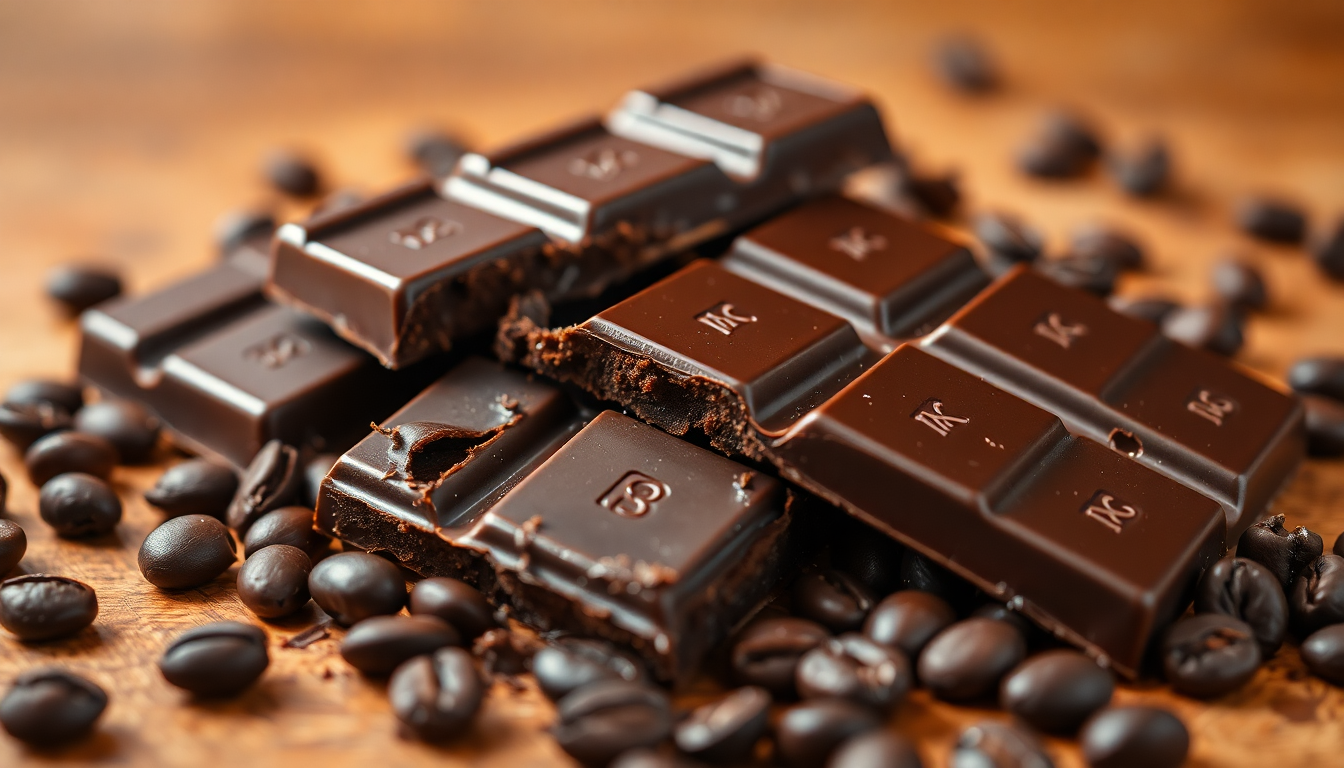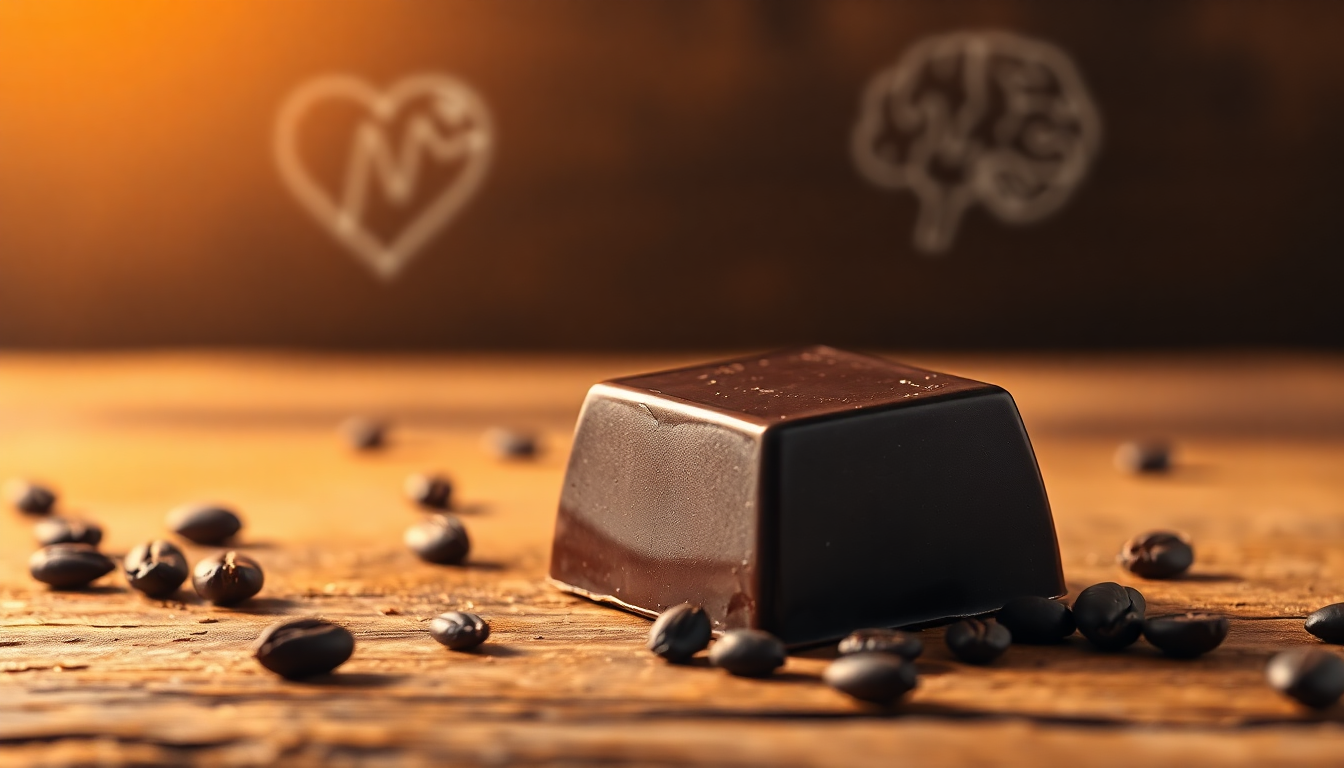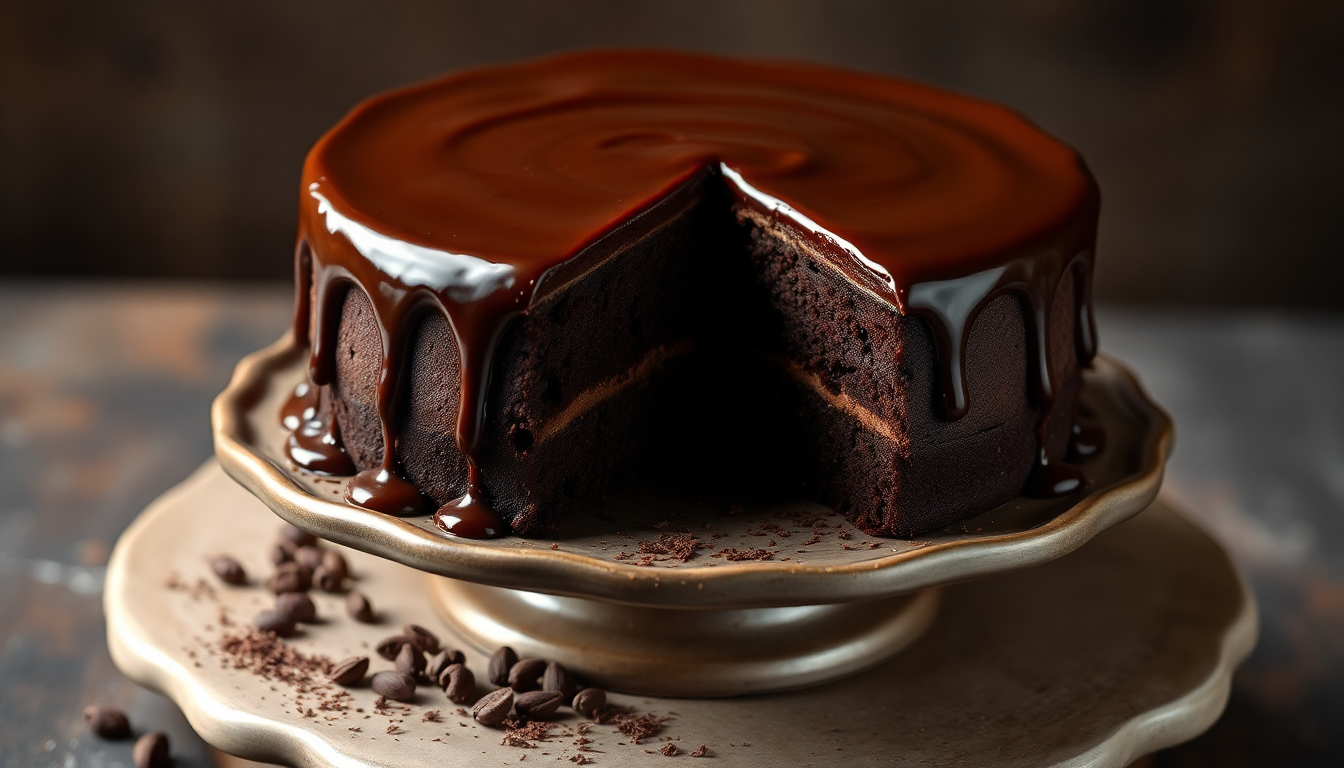
Does Dark Chocolate Have Caffeine? Unwrapping the Truth
Understanding the Basics: What Exactly is Dark Chocolate?
Ah, dark chocolate —a delight cherished by many, often praised for its rich taste and perceived health benefits. But what exactly is this delicious treat made of? Dark chocolate is a concoction derived from cocoa beans, often containing cocoa solids, cocoa butter, and sugar. The real magic of chocolate happens when these contents are mixed and refined to produce the smooth, dark slabs we find in stores. Unlike its sweeter counterpart, milk chocolate, dark chocolate has little to no milk solids, giving it that distinctly strong cocoa flavor which many favor.
Caffeine in Dark Chocolate: How Much Is There Really?
So, does dark chocolate have caffeine? The answer is a resounding yes. The caffeine in dark chocolate actually comes from the cocoa solids. These little beans are natural sources of stimulants like theobromine and caffeine. When you indulge in a piece of dark chocolate, you're getting a dose of these natural stimulants, albeit a much smaller one than you'd find in coffee or energy drinks. On average, a standard serving of dark chocolate (about one ounce) has about 12 milligrams of caffeine, but this can vary depending on the specific brand and cocoa content.
The Effects of Caffeine: What This Means for Consumption
Now that we know dark chocolate does indeed contain caffeine, it's important to consider how that might affect you. For most people, the caffeine content in dark chocolate is quite modest and unlikely to cause the jittery effects associated with a large coffee. However, individuals who are particularly sensitive to caffeine might want to moderate their intake, especially if consumed alongside other caffeinated beverages. The presence of theobromine also contributes to a milder, longer-lasting systolic boost, which can influence mood and alertness in the short term.
Health Benefits of Dark Chocolate: Beyond Just Caffeine
While the caffeine content in dark chocolate may get much attention, it's far from the only reason this treat can be considered part of a healthy diet. Rich in antioxidants, dark chocolate contains flavonoids that promote heart health by improving blood circulation and lowering blood pressure. Additionally, it has been linked to improving brain function, thanks to its ability to increase blood flow to the brain. Plus, the indulgent flavor of dark chocolate can be a satisfying and lower-calorie substitute for higher-sugar candies, making it a potentially healthier snack option.
Choosing the Right Dark Chocolate for You
If you're looking to enjoy the benefits of dark chocolate without overdoing the caffeine, selecting your chocolate carefully is key. Higher cocoa content chocolates typically contain more caffeine, so if you're sensitive to it, you might want to opt for chocolate with a lower percentage of cocoa. It's also a good idea to check the ingredient list for any added sugars or artificial flavors, which can detract from the potential health benefits. Some artisanal brands focus on sustainably sourced cocoa and minimal processing, retaining more of the natural nutrients found in cocoa beans.



Leave a comment
This site is protected by hCaptcha and the hCaptcha Privacy Policy and Terms of Service apply.